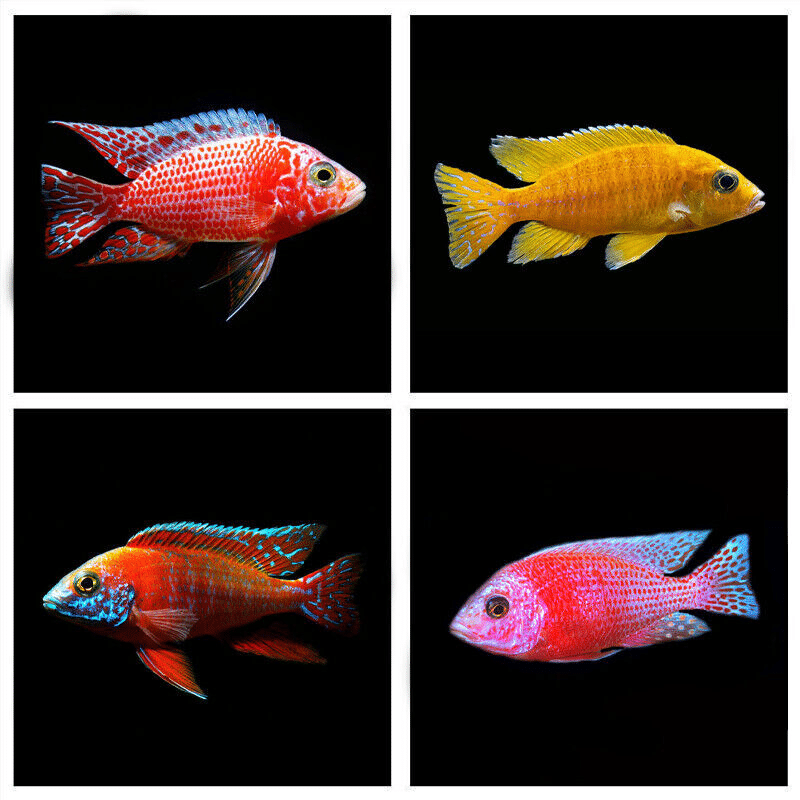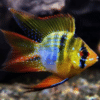To provide the best experiences, we use technologies like cookies to store and/or access device information. Consenting to these technologies will allow us to process data such as browsing behaviour or unique IDs on this site. Not consenting or withdrawing consent, may adversely affect certain features and functions.
The technical storage or access is strictly necessary for the legitimate purpose of enabling the use of a specific service explicitly requested by the subscriber or user, or for the sole purpose of carrying out the transmission of a communication over an electronic communications network.
The technical storage or access is necessary for the legitimate purpose of storing preferences that are not requested by the subscriber or user.
The technical storage or access that is used exclusively for statistical purposes.
The technical storage or access that is used exclusively for anonymous statistical purposes. Without a subpoena, voluntary compliance on the part of your Internet Service Provider, or additional records from a third party, information stored or retrieved for this purpose alone cannot usually be used to identify you.
The technical storage or access is required to create user profiles to send advertising, or to track the user on a website or across several websites for similar marketing purposes.
 Assorted Colour Vampire Crab Geosesarma Sp 2-3Cm
1 × £8.71
Assorted Colour Vampire Crab Geosesarma Sp 2-3Cm
1 × £8.71  Purple Vampire Crab - Geosesarma Dennerle - Decapod Crustacean
1 × £7.74
Purple Vampire Crab - Geosesarma Dennerle - Decapod Crustacean
1 × £7.74 












Emily Carter (verified owner) –
As a passionate aquarium enthusiast, I was excited to add these 6 assorted Aulonocara Peacock Cichlids to my tank, and they did not disappoint! Each fish arrived healthy and vibrant, showcasing the stunning colors that these African cichlids are known for. I’ve had them for about two weeks now, and they’ve acclimated beautifully to my setup. They are active swimmers and have such unique personalities—each one truly adds character to my aquarium.
I was impressed by the shipping speed and the care taken in packaging, which is crucial for the welfare of these delicate creatures. I’ve noticed them schooling together and showing off in their new environment, which is exactly what I hoped for. I feed them a high-quality cichlid food that I’ve found they absolutely love, promoting their health and vibrant colors.
If you’re considering these fish, I highly recommend them! They’re perfect for both experienced hobbyists and those new to the cichlid world. Just ensure your tank is well-established, as they thrive in stable conditions. The only minor concern I had was a slight skirmish over territory, but that’s common with cichlids—just be prepared with hiding spots for peace! Overall, I’m thrilled and would buy them again in a heartbeat!
Emily Carter (verified owner) –
I recently purchased the 6 Assorted Aulonocara Peacock Cichlids, and I couldn’t be more thrilled! As a passionate aquarium hobbyist, I’ve always admired these vibrant African cichlids, and they truly enhanced my tank’s beauty. After about two weeks in their new home, I’ve noticed their colors become even more vivid – the blues, yellows, and reds are just breathtaking! All six fish arrived healthy and active, swimming around with so much personality. Compared to my previous fish stock, these peacocks exhibit such charming behavior and seem to thrive in my peaceful community tank. I must mention that while these cichlids are generally peaceful, I did see some minor squabbles as they established their pecking order, but nothing concerning. For anyone looking to diversify their aquarium fish or add a splash of color, these Aulonocara are perfect! Just ensure your tank is spacious enough, and they’ll do wonderfully. I highly recommend these to both beginner and experienced aquarists alike. Shipping was quick, and the packaging kept them safe. I’m already considering ordering more!